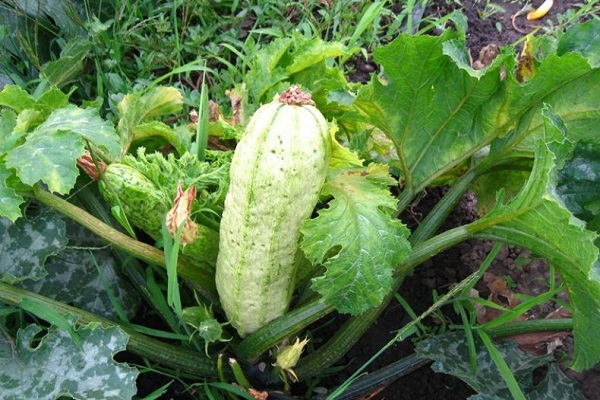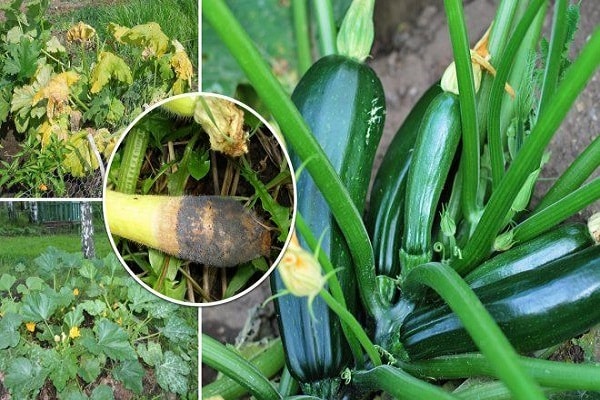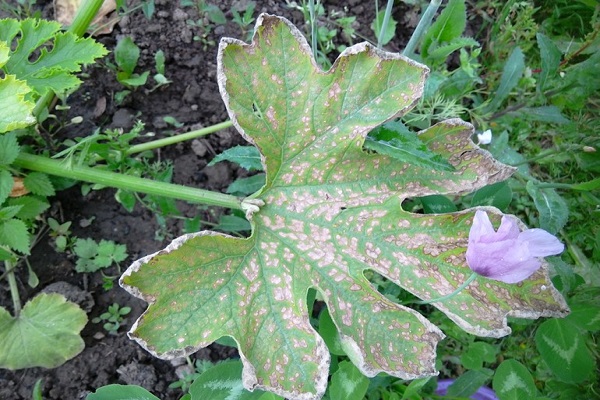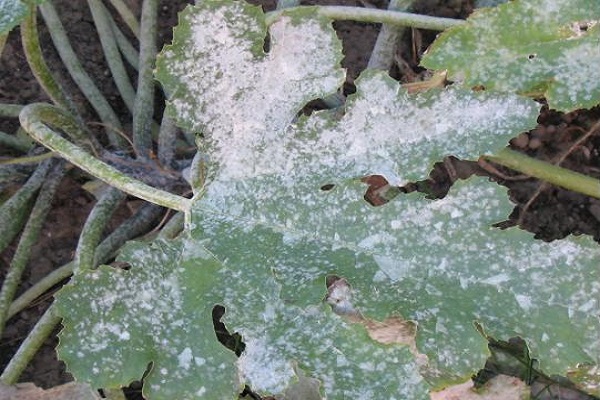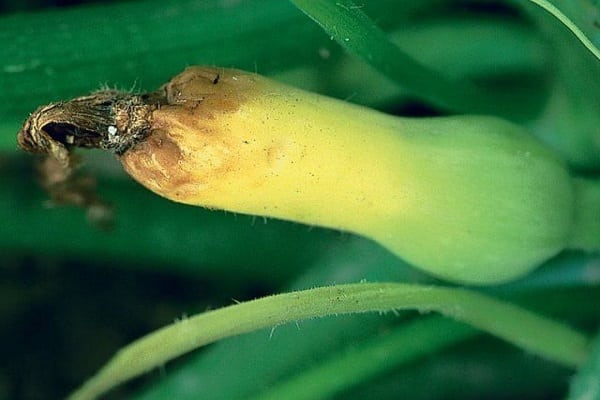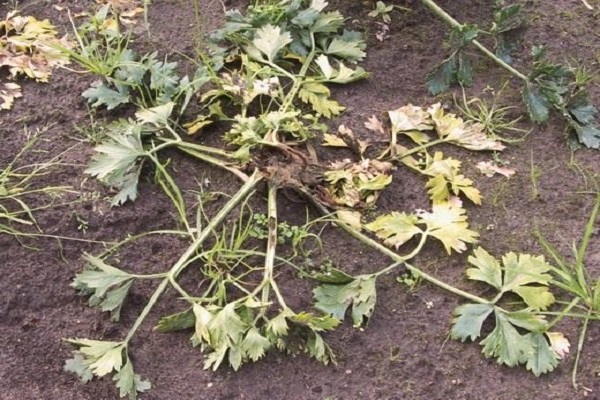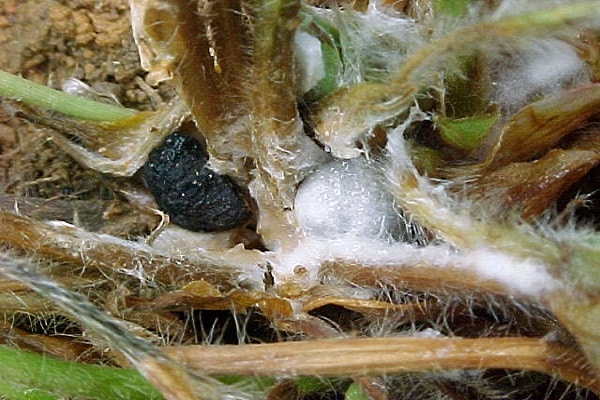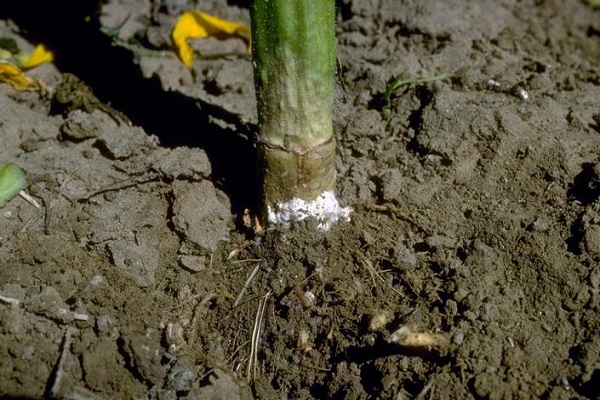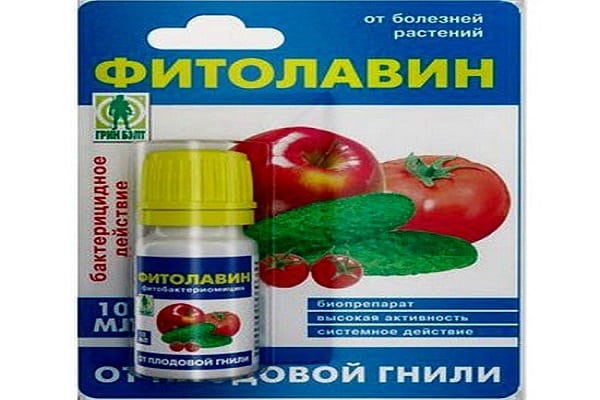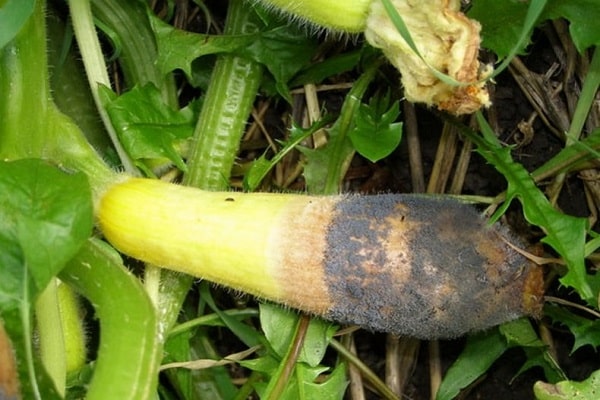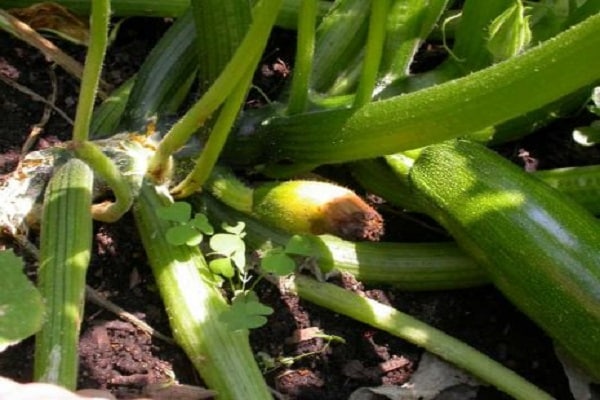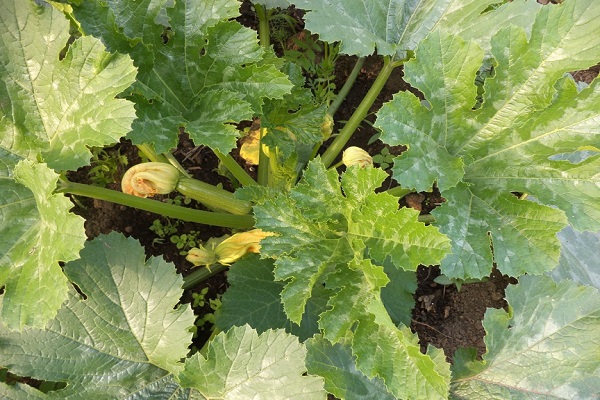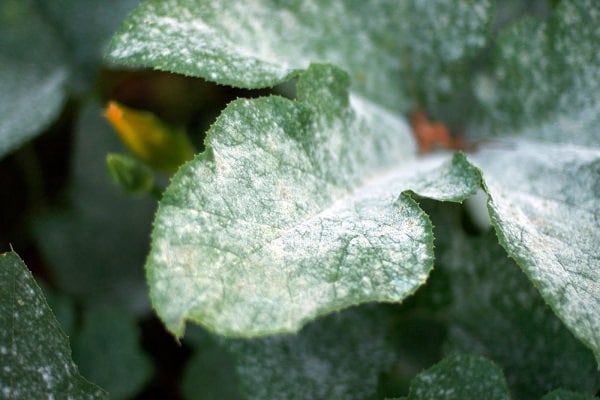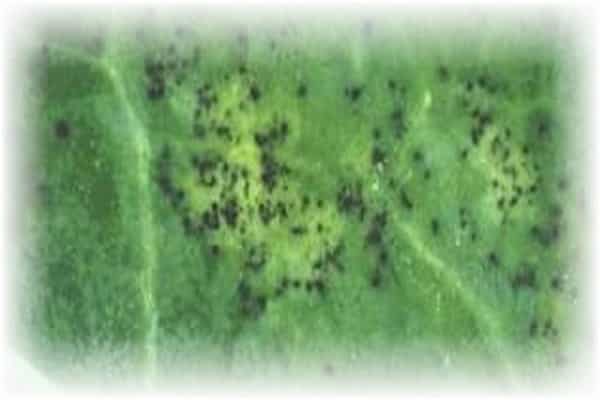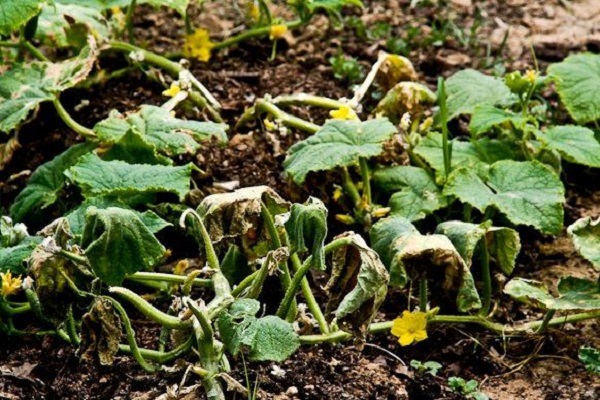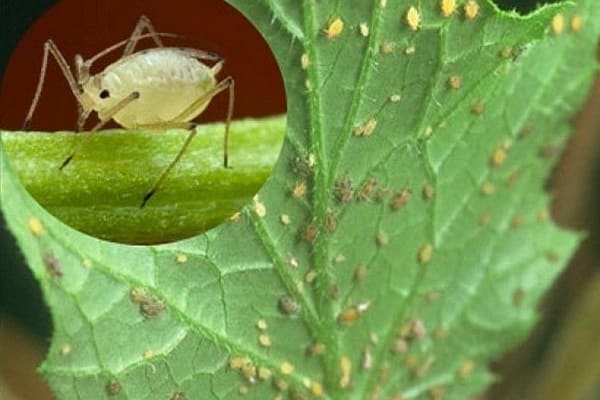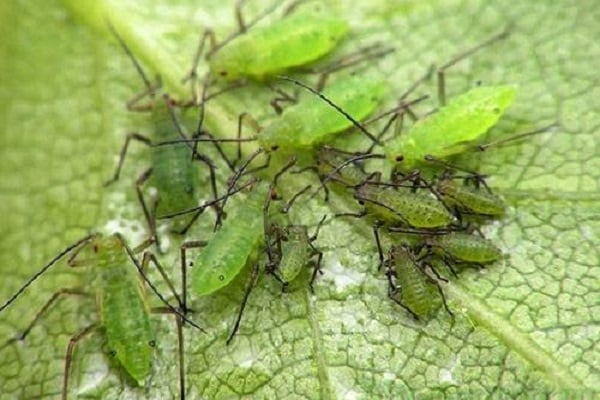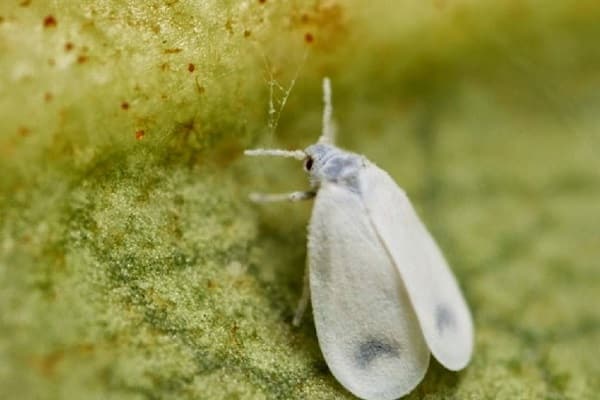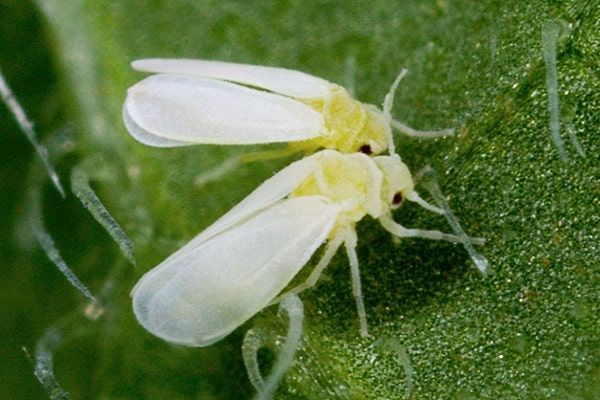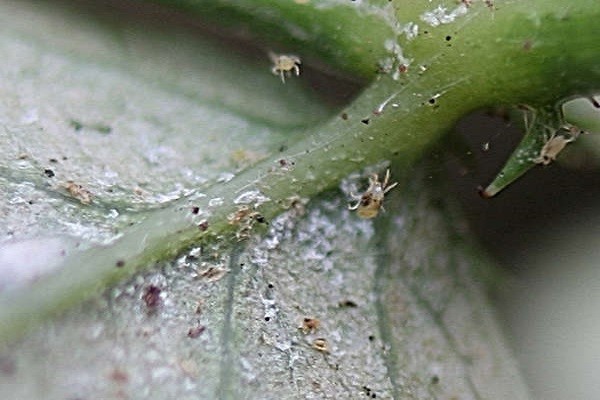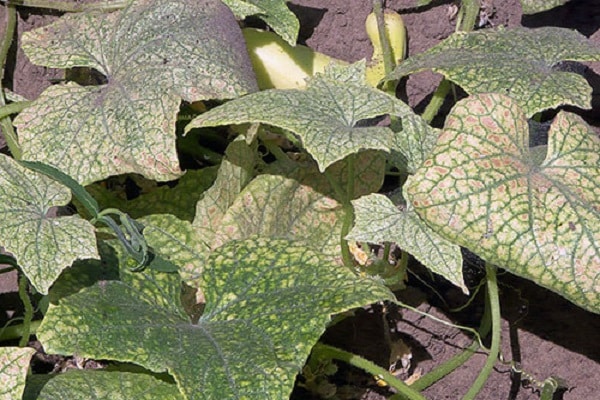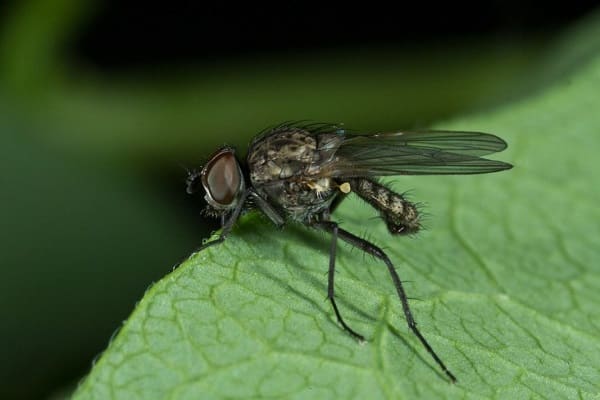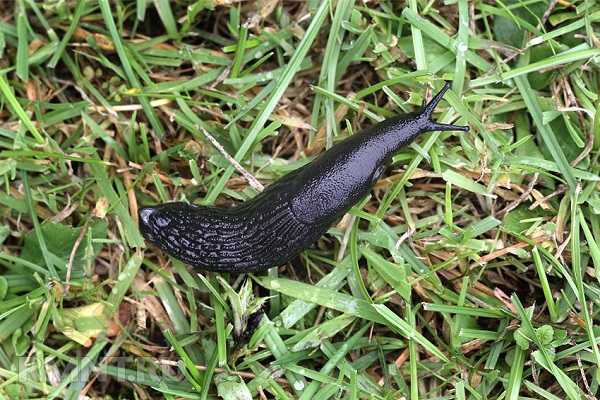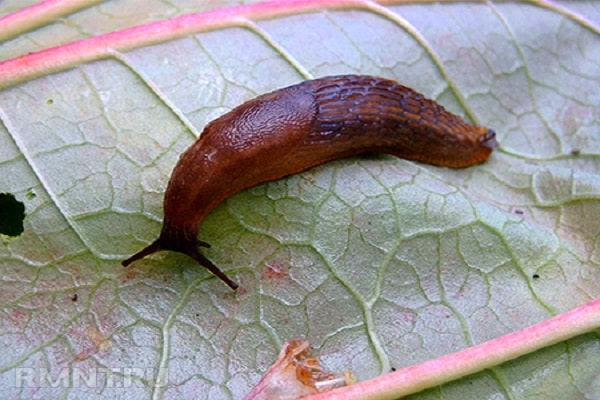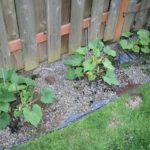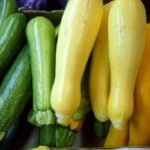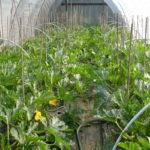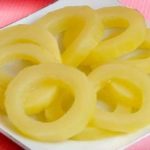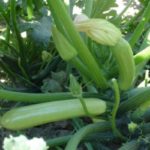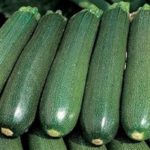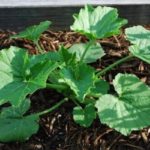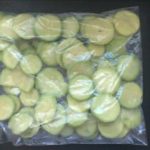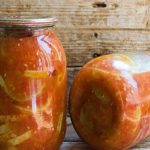Many gardeners are faced with the problem of squash diseases in open ground and how to combat them; a photo will help identify the problem.
Zucchini suffers from viral or fungal pathologies and is affected by various pests. An accurate understanding of the problem will help you decide on the choice of method, how to deal with it, how to preserve and protect the crop.
How to deal with zucchini diseases?
The most common zucchini diseases, depending on the pathogen that causes them, are fungal. The culprits of the diseases can cause the death of leaves, fruits or roots. Control methods common to all diseases: compliance with crop rotation, timely removal of debris and weeds from the site, destruction of affected parts of the plant.
Favorable conditions for the development of diseases are nighttime temperature changes and increased humidity, for example, after rain or during excessive watering. The source of the pathogen is affected plants and seeds. Insects facilitate the spread.
Anthracnose
Fungal diseases of zucchini and their treatment are the most common problem that arises when growing crops in open ground.
Zucchini anthracnose is a fungal disease caused by a fungus of the genus Colletotrichum. First of all, weak and mechanically damaged plants at any stage of development are affected. Anthracnose affects zucchini planted in soil with high acidity, with insufficient amounts of potassium and phosphorus fertilizers.
Spots of yellow or brown color with a dark brown or purple edging appear on the leaves, which quickly grow first over the entire surface of the leaf plate, and then onto the stem, flowers and fruits. The lesions deepen into the thickness of the plant organs and impede the movement of water and nutrients.
The stems and fruits become covered with weeping, slimy spots and begin to rot over time, and the leaves begin to curl. The fruits shrink and acquire a bitter taste. Damage to the root zone leads to the death of the plant.
At the initial stage of anthracnose development, the shoots are sprayed with a 35% solution of colloidal sulfur, a 1% solution of Bordeaux mixture (100 g of copper sulfate and quicklime are diluted in 10 liters of water), and EM preparations.
Before sowing, the soil is dug up with wood ash, dolomite flour or lime to reduce acidity, and fertilizers containing phosphorus and potassium are applied.
Bacteriosis
Bacteriosis comes in two types and manifests itself either as angular leaf spot or as blossom-end rot of fruits.
With angular spotting, the leaves first turn white; why and why zucchini leaves turned white is not easy to determine, since similar damage develops with several other diseases of the crop. If later, instead of small white spots, angular brown spots appear, this is bacteriosis.
The disease affects the plant at the stage of cotyledon emergence. At first, the spots become dark green, then brown, dry out, and collapse, forming holes between the veins of the leaf plate. Because the holes are bounded by veins, they have an angular shape. Brown, watery sores appear on the fruits, which lead to deformation of the zucchini.
The fight consists of removing the affected parts of the crop. For minor lesions, the shoots are treated with 1% Bordeaux mixture, 0.4% copper oxychloride solution. As a preventive measure, the seed is treated with a 0.02% solution of zinc sulfate, in which the seeds are immersed for a day and then dried.
Another type of disease is apical bacteriosis of fruits. In this case, the tops of the fruit first turn yellow, then brown spots appear on them. The lower part can grow further. Subsequently, the fruits become glassy and rot.
It is impossible to save a plant from apical bacteriosis - it will have to be destroyed.
White rot sclerotinia
The fungus can cause various putrefactive diseases of zucchini in open ground; it is much easier to identify the type of rot with a photo.
With white rot, or sclerotinia, a flaky white coating with black dots first appears on the leaves of squash, which over time spreads to the fruits, tendrils, cuttings and stems. White colonies of the fungus develop on them - sclerotia, which soon turn black.
Sclerotia fall off and overwinter in the ground, and in the spring they are a source of infection. Damaged areas of the plant become covered with mucus, soften and rot. If the base of the stem rots, the plant dies.
Excess nitrogen in the soil contributes to plant infection. Treatment consists of treating the affected areas on the zucchini with crushed activated carbon, wood ash or quicklime.
To combat the pathogen, the following measures are taken:
- Use for irrigation with warm water.
- Root feeding with a mixture of 10 liters of water, 1 g of zinc sulfate, 2 g of copper sulfate, 10 g of urea.
- In dry and hot weather, the affected plant organs are removed. The sections are sprinkled with crushed coal or washed with a 0.5% solution of copper sulfate.
- Substances containing calcium are used as fertilizer: ground chicken egg shells, wood ash at the rate of 200 g of substance per 1 m². Phosphate fertilizers are introduced.
- The soil is irrigated with a solution of Fitolavin, and compost is added to restore the microflora.
Gray mold botrytis
Another type of putrefactive mycosis is gray rot. At the same time, the greenness of the grass changes, leaves become sick, and fruit ovaries suffer. Most often, young vegetable ovaries are affected.The fruits become watery, like other affected tissues, become wet, soften, turn brown, and become covered with a gray coating with black dots. The pathogen spores persist in the soil for up to 2 years.
The reasons that aggravate the conditions and methods of contracting the disease are the same as for white rot. The methods of fighting are also the same. The affected areas of the fruit can be powdered with a mixture of copper sulfate and chalk, combined in a 1:2 ratio.
Root rot
Root rot affects the plant, like blossom end rot, in the fruit formation phase and is manifested by rotting of the root system and neck. The affected tissue darkens and turns brown, becomes rotten and soft. The lower foliage turns yellow. The culture stops growing and fades, and eventually dies.
Root rot occurs due to frequent application of organic fertilizers. Plants can be treated with biological products Trichodermin and Glycoladine, which contain fungal spores that are antagonists of the rot pathogen.
Seeds 3 weeks before sowing can be treated with TMTD (Thiram) at the rate of 5-6 g/kg of seed. Infected plants are watered with a 0.1% Previkur solution at the rate of 200-300 ml for each bush. In addition, solutions containing metalaxyl and mefenoxam are used.
Powdery mildew
Another fungal disease of zucchini is white powdery mildew. In this case, diseases are manifested by the appearance on the leaves, less often on the stem and cuttings, of small round white spots sprinkled with powdery pollen - fungal spores.
Over time, the spots increase in size, merge with each other and cover the entire plant, as a result of which it turns yellow and dries out due to the impossibility of photosynthesis. In addition, the body of the fungus sucks nutritious juices from the crop, which leads to the impossibility of fruit formation. The fungus overwinters on weeds.
Affected plants are sprayed with a solution of colloidal sulfur 35%, a solution of sodium phosphate 0.5%, a solution of isophrene 10% or powdered with ground sulfur at the rate of 300 g per 100 m².
Downy mildew peronosporosis
Downy mildew affects zucchini leaves at all stages of the growing season. Initially, yellow spots appear on the upper side of the leaves, which on the other side of the leaf are covered with gray-violet spores of the fungus.
The spots enlarge and merge with each other, which leads to browning and drying of the foliage. The disease progresses very quickly. Sometimes the outer side of the leaf becomes covered with a white coating. Despite the similar description, methods for treating peronosporosis are somewhat different from removing powdery mildew.
During treatment, watering is completely stopped. Healthy leaves are treated with a tank mixture, a solution of copper oxychloride, the drug Metriam, a mixture of fungicidal drugs and growth stimulants. For prevention, seeds are poured with hot water (+50 °C) for 15 minutes.
Black mold of pumpkin
Black squash mold can appear on the leaves and other above-ground organs of squash. Outwardly, it appears as small light brown spots, which merge over time and turn into foci of necrosis, covered with a black coating - spores of a fungus from the genus Aspergillus.
As a result of its vital activity, the green parts of the plant turn yellow and dry out, and the fruits stop developing, wrinkle and rot. High humidity and large temperature changes stimulate the course of the disease.
If a plant gets sick and is not cured, all the zucchini on the site gets sick.
Fusarium wilt
Diseases and pests: Zucchini pests most often affect the above-ground parts of plants. Fusarium is no exception.The first sign of this disease is yellowing and weakening of the upper leaves of the bush.
The stems turn brown at the bottom (root part) and become covered with a pink or orange coating. Fusarium also affects the roots. As a result, within a few days the plant dries out and dies. On a cross section of the stems, you can see browning of the veins.
In the initial stage of damage, you can dust the bush and the ground around it with wood ash, but this is of little use. The struggle consists of improving the soil - sowing green manure plants, applying organic and mineral fertilizers, using crop rotation, removing weeds, applying EM products and calcium preparations.
How to deal with zucchini pests?
The appearance and number of pests is affected by air humidity and temperature, crop density, irrigation intensity and general care of the site and crops. The reasons for the appearance of insects are too dense planting, littered beds, and high humidity.
melon aphid
The melon aphid first attacks weeds and then moves on to cultivated plants. Aphids gnaw leaf blades on the underside, stems, ovaries, and flower petals. The affected organs curl, dry out, and the flowers fall off. The growth and development of plants slows down, and then they die. During a season, aphids can produce up to 20 generations. The pest overwinters on plant debris.
Prevention methods include timely weeding of seedlings, removal of plant residues immediately after harvesting, and proper crop rotation.
To destroy aphids, use 10% solutions of Karbofos or Trichlorometaphos-3, an infusion of tobacco dust (1 part of the dust is infused with 10 parts of water and diluted with clean water in a ratio of 1:3), an infusion of yarrow (1 kg of grass is infused in 10 liters of water for 2 days).
Whitefly
The whitefly is a small white insect covered with powdery pollen. Both adults and larvae eat leaves and young shoots, suck out the juice from them, and also infect them with various diseases. The feces of adult insects corrode the leaf blade, which leads to the appearance of black spots on it.
Damage to zucchini is manifested by discoloration, curling and death of the leaves, and subsequently the entire plant.
The most effective drugs against whiteflies: Aktara, Actellik, Double Effect, Commander, Tanrek, Oberon and others. The products are diluted according to the instructions and sprayed on the plants and the soil around them with the frequency recommended by the manufacturers. Watering zucchini with insecticide solutions is more effective.
You can spray zucchini with onion or garlic infusion daily for a week.
Spider mite
The activities of spider mites are very harmful. It affects the undersides of leaf blades and entwines them with a thin web. Yellow dots form in the affected areas, then the leaves turn yellow completely, acquire a marble pattern and dry out. If the damage is severe, the zucchini will die. Ticks produce up to 15 generations during the season, and overwinter in groups under plant debris and debris.
There are ways to get rid of the pest; spider mites can be destroyed by the following means:
- Spraying leaves in hot weather. Water can be replaced with infusion of onion peels or garlic. To prepare tinctures, 200 g of raw materials are poured into 10 liters of water and left for 2 days.
- Spraying with a 20% chloroethanol solution.
- Irrigation with Isofen solution 10%.
- Spraying ground sulfur at the rate of 300 g per 100 m².
To improve the adhesive properties of solutions, add 30 g of laundry soap.
Sprout fly
Sprout fly larvae can be found on germinating seeds and seedlings. Gray flies have a body size of no more than 3-5 mm. The insect summer begins in the spring. They lay eggs in places with high humidity, especially near manure.
Within a week, larvae hatch from the eggs and destroy the crops within 14 days. The larvae then pupate. During the warm season, 2-3 generations of germ flies appear. Germ fly larvae can be found especially often on leaves in cold summers.
As a preventive measure, you need to carefully incorporate manure into the soil, remove plant debris, and regulate watering. In the spring, before the beginning of summer, Karbofos or Fufanon are added to the soil. The aboveground part of the plant can be pollinated with wood ash, ground black pepper, and tobacco dust. For irrigation, use the following solution: 200 g of table salt and 10 liters of water.
Slugs
Slugs gnaw out the embryos in the seeds and eat the leaves on the shoots. Having fixed itself on a section of the stem, the mollusk gnaws it, which leads to the death of most of the plant. Later, pests gnaw out the ovary of the fruit or damage young zucchini, eating the pulp in them and even making tunnels.
In addition to reducing the yield, snails leave traces of mucus and other secretions on the affected area of the stem, leaf or fruit, thereby reducing the marketability of the product. Once in storage with the collected fruits, the slugs continue to cause damage, destroying the crop.
The easiest way to combat mollusks is mechanical. They are collected manually or using special traps. Traps are made from pieces of burlap or plywood and placed around the perimeter of the area.Protective grooves up to 30 cm wide are dug around the plantings and filled with pine needles, sand, and sawdust, which impede the progress of pests.
Special preparations are used: Metaldehyde granules are laid out (at the rate of 4 g per 1 m²), the consumption of which leads to the death of slugs, the soil and plants are sprayed with a solution of copper or iron sulfate, and lime is sprayed.

